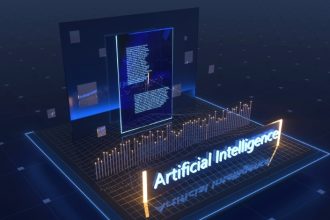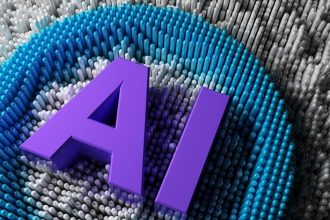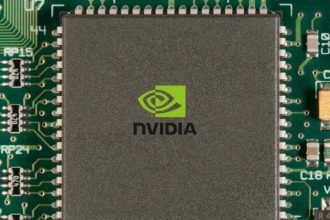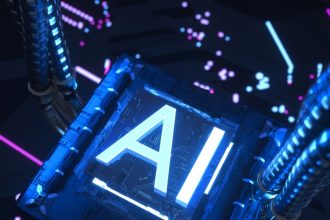Alibaba Unveils Advanced AI Model with Video Analysis
Alibaba launches Qwen-2-VL AI model with advanced video analysis. New model focuses on object tracking and contextual understanding. Industries like…
GenAI Smartphones Boost Global Shipment Forecast
IDC forecasts 5.8% growth in 2024 smartphone shipments. Android devices expected to outpace iOS growth significantly. GenAI smartphones projected to…
AI Transforms Business Operations from Day One
AI enhances business productivity by automating routine tasks. Startups and small businesses benefit from AI's efficiency. AI improves administrative and…
AI Safety Institute Will Access OpenAI and Anthropic
Institute collaborates with OpenAI and Anthropic for AI safety. Focus on hands-on examination of AI technologies’ safety protocols. Continuous dialogue…
MongoDB’s Stock Jumps 13% After Strong Earnings Report
MongoDB’s stocks surged 13% after a strong earnings report. Revenue for the quarter was $423.8 million, driven by Atlas cloud…
Apple and Nvidia Fund OpenAI’s Multi-billion Dollar Round
Nvidia and Apple invest in OpenAI's multi-billion dollar funding round. These investments highlight the strategic importance of AI in tech's…
AI Startup Magic Secures $320M Funding
Magic secures $320 million in latest funding round. AI coding startup Codeium raised $150 million recently. Magic aims to enhance…
Google Mandiant Unveils New AI Cybersecurity Tools
Google Mandiant launched new AI-driven cybersecurity tools. The tools improve threat detection and response capabilities. AI integration marks a trend…
Intel Showcases Latest CXL Memory Advancements
Intel unveiled new CXL Memory Module at Open Storage Summit. The innovation focuses on efficient data processing and resource sharing.…
IBM Adds Intel’s Gaudi 3 AI Chip to Public Cloud
IBM will integrate Intel's Gaudi 3 AI chip into its public cloud. This aims to enhance AI performance and attract…
















